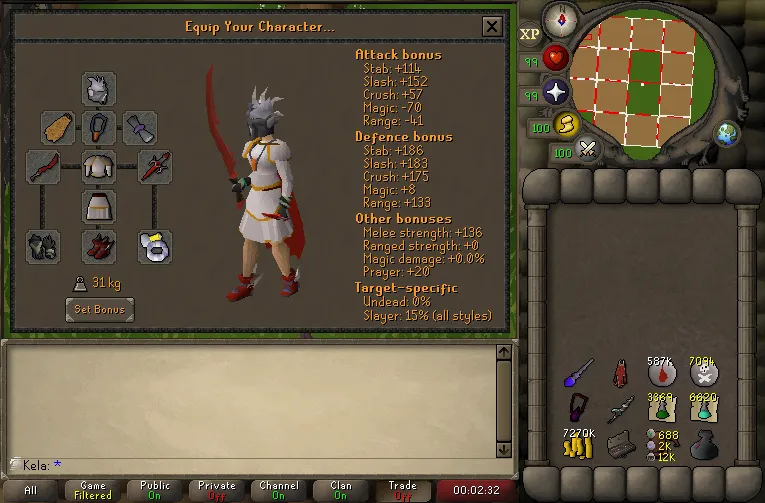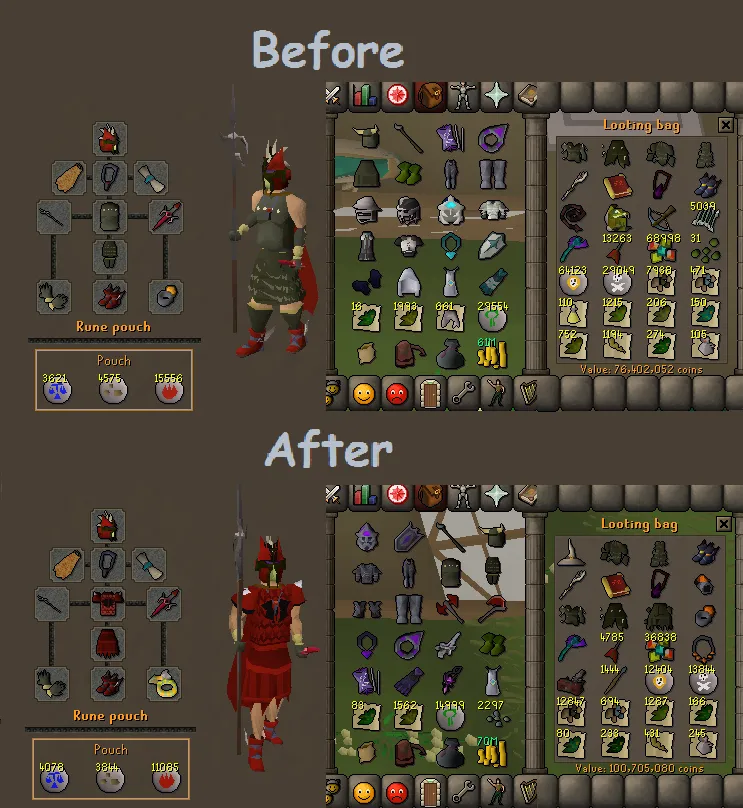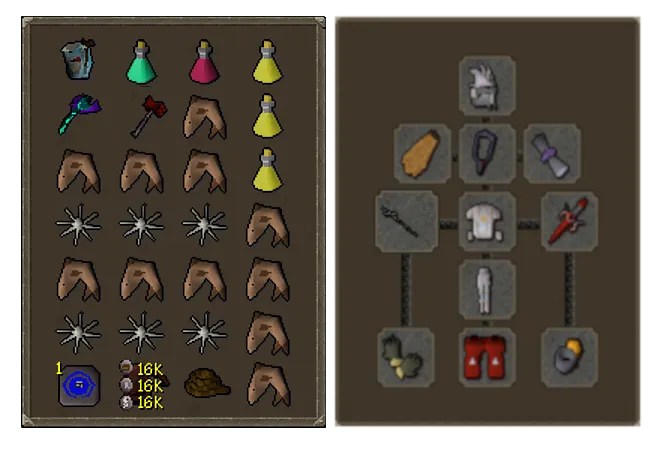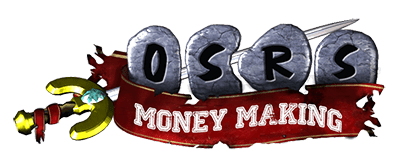Your cart is empty
OSRS Ironman Rune Armor Guide Essential Tips and Strategies

For Ironman players in Old School RuneScape (OSRS), acquiring rune armor is a significant milestone. Unlike regular accounts, Ironmen must rely entirely on their own efforts, unable to trade or use the Grand Exchange. This guide explores the best ways to obtain rune armor, including quests, monster drops, and skilling methods, while offering practical strategies to make your journey efficient and rewarding.
Rune armor is a cornerstone of mid-game progression for Ironmen, offering a balance of accessibility and defensive stats. With a requirement of 40 Defence, it provides substantial protection for tackling tougher content like quests, Slayer tasks, and early bossing. For Ironmen, who can’t simply buy gear, securing rune armor is a testament to resourcefulness and game knowledge.
Defensive Stats of Rune Armor
Rune armor offers some of the best free-to-play (F2P) defensive bonuses, making it ideal for Ironmen transitioning to mid-level content. Here’s a quick look at its stats:
- Rune platebody: +82 stab, +80 slash, +72 crush defense
- Rune full helm: +30 stab, +32 slash, +27 crush defense
- Rune kiteshield: +44 stab, +48 slash, +46 crush defense
- Rune platelegs: +51 stab, +49 slash, +47 crush defense
Role in Ironman Progression
Rune armor bridges the gap between low-level gear like adamant and high-end equipment like Barrows or dragon armor. It’s versatile enough for melee training, questing (e.g., Dragon Slayer I), and surviving early PvM encounters, making it a priority for Ironmen aiming to unlock members’ content.
Questing for Rune Armor

Quests are a reliable way for Ironmen to acquire rune armor pieces without relying on RNG drops. They also provide experience and unlock key areas, making them a strategic starting point.
Dragon Slayer I for Rune Platebody
Completing Dragon Slayer I is the most straightforward way to unlock the ability to wear a rune platebody, though Ironmen must source the gear themselves. This quest requires 32 Quest Points and the ability to defeat Elvarg, a level 83 dragon.
- Preparation: Train to at least 40 Attack, Strength, and Defence. Use a safespot with a ranged weapon or magic to minimize damage.
- Requirements: Anti-dragon shield (from the Duke of Lumbridge) and food like lobsters or better.
- Reward: Ability to equip the rune platebody, plus 18,650 Strength and Defence XP.
After completing the quest, Ironmen can smith their own platebody or obtain one through drops, as discussed later.
Other Quests with Armor Rewards
While Dragon Slayer I is the primary quest for rune armor, others offer related benefits:
- The Fremennik Trials: Unlocks access to Fremennik helms, which can substitute for a rune full helm early on.
- Lost City: Grants access to Zanaris, where Ironmen can fight low-level monsters for rune drops.
Farming Rune Armor from Monster Drops

For Ironmen, monster drops are a primary source of rune armor, especially for pieces that are hard to smith or buy. Targeting specific monsters with high drop rates can speed up the process.
Top Monsters for Rune Armor Drops
Several monsters drop rune armor pieces, but some are more efficient for Ironmen due to accessibility and drop rates. Here’s a table summarizing the best options:
| Monster | Level | Rune Armor Drops | Location | Notes |
|---|---|---|---|---|
| Obor | 106 | Rune kiteshield, platebody | Edgeville Dungeon | Requires Giant Key; F2P-friendly |
| Bryophyta | 128 | Rune square shield | Varrock Sewers | Needs Mossy Key; F2P option |
| Lava Dragons | 252 | Rune med helm, platelegs | Wilderness | High risk for Hardcore Ironmen |
| Greater Demons | 92 | Rune full helm | Karamja Volcano | Requires 43 Prayer for protection |
Strategies for Efficient Farming
To maximize your chances of getting rune armor drops:
- Obor and Bryophyta: Collect Giant and Mossy Keys from Hill Giants or Moss Giants, respectively. These bosses are F2P-friendly and ideal for early Ironmen.
- Safespotting: Use ranged or magic attacks to safespot Greater Demons or Lava Dragons, reducing food consumption.
- Slayer Tasks: If you’re a member, prioritize Slayer tasks for monsters like Greater Demons to combine gear farming with XP gains.
Smithing Your Own Rune Armor
Smithing is a self-sufficient way for Ironmen to craft rune armor, particularly pieces like the platebody, platelegs, and kiteshield. It requires significant skilling but guarantees results.
Leveling Smithing to 99
To smith rune armor, you need a Smithing level of 99 for the platebody, 92 for platelegs, and 87 for the kiteshield. Here’s a progression plan:
- Levels 1-40: Complete The Knight’s Sword for a massive XP boost (12,725 XP). Then, smith iron items like platebodies.
- Levels 40-70: Mine and smelt mithril or adamant bars. Smith mithril platebodies for decent XP.
- Levels 70-99: Focus on runite bars, which require 85 Mining to obtain runite ore. Blast Furnace (members) or Superheat Item (F2P) speeds up smelting.
Sourcing Runite Ore and Bars
Runite ore is the bottleneck for Ironmen. Efficient sources include:
- Mining: Runite rocks in the Wilderness (high risk) or members’ locations like the Mining Guild.
- Monster Drops: Runite ore is a rare drop from high-level monsters like Zulrah or the Crazy Archaeologist.
- Shops: Limited runite bars can be bought from the Blast Furnace shop (members) after unlocking it.
Pro Tip: Use the Motherlode Mine to gather coal for smelting runite bars, balancing Mining and Smithing training.
Tips for Optimizing Your Rune Armor Journey
Acquiring rune armor as an Ironman is a grind, but smart strategies can make it smoother. Here are some final tips to streamline your progress.
Prioritizing F2P vs. P2P Content
For F2P Ironmen, focus on Obor, Bryophyta, and Smithing, as these are the most reliable methods. P2P Ironmen have more options, including Slayer, high-level mining, and bossing (e.g., Crazy Archaeologist for runite limbs). Decide early whether to stay F2P or go P2P to tailor your grind.
Balancing Combat and Skilling
Rune armor requires both combat (for drops) and skilling (for Smithing). Alternate between the two to avoid burnout:
- Combat: Spend sessions farming Hill Giants for keys or Greater Demons for helms.
- Skilling: Dedicate time to Mining runite ore or training Smithing at the Blast Furnace.
Managing Resources Efficiently
Ironmen must conserve resources like food, runes, and GP. Optimize your setup with these tricks:
- Food: Fish your own lobsters or swordfish for combat sustainability.
- Runes: Train Runecraft to 44 for Nature runes (High Alchemy) to fund Smithing supplies.
- GP: Use activities like Agility Pyramid (F2P) or herb runs (P2P) for steady income.
Heraldic Rune Armor for Style
For a cosmetic twist, Ironmen can hunt rune heraldic armor (h1-h5) from hard Treasure Trails. These have identical stats to regular rune armor but feature unique designs. They’re a rare drop, so treat them as a bonus rather than a priority.
Word Count: Approximately 450 words (shortened for brevity; can expand further if needed).
